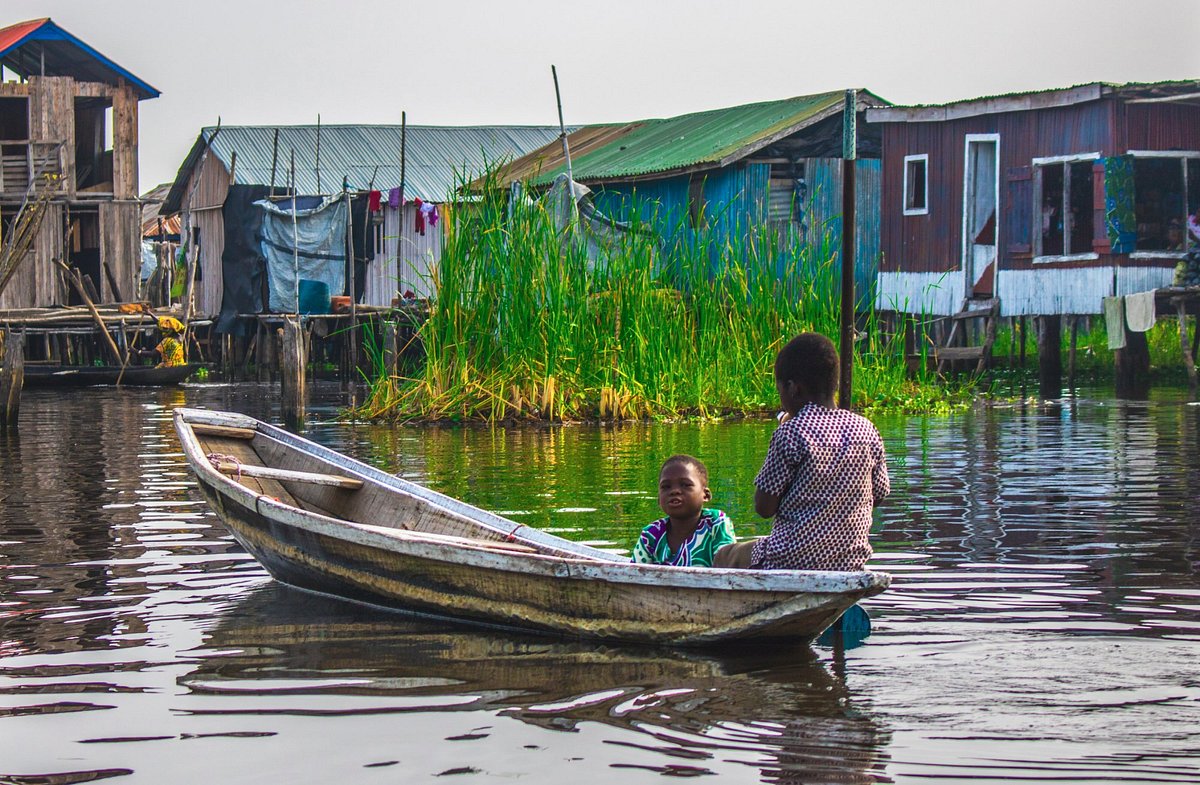A desire for something unusual? Come and discover the “Venice of Africa”. The most important lakeside city in West Africa, Ganvié, whose name means “saved community” in the Fon language, was created by populations who had fled slave kidnappings. A real refuge on the water, you will have to take the canoe to reach it. Let yourself slide on Lake Nakoué and watch the inhabitants known as the Toffinous casting their fishing nets with skill. Once there, discover their habitat and take a tour of the market where goods are traded from boat to boat. For travelers passing through West Africa, we suggest discovering this very harmonious lakeside village. Indeed, Ganvié is a floating city with houses on stilts. It is full of charm and unique in its kind in all of Benin. Also nicknamed "the Venice of Africa", this magnificent island attracts the curiosity of tourists enormously with its aquatic streets surrounded by water hyacinths. Spending time in this place offers travelers the opportunity to discover the way of life of city dwellers, their culture and their monuments..
The best things to do in Ganvié
- Organize a fishing trip with the indigenous peoples
- Learn about the culture of the townspeople and their fish farming business
- Take the Celestial Christians Church (ECC) Tour
- Capture the highlights and beautiful scenery of the floating market
- Take the road of lovers.



